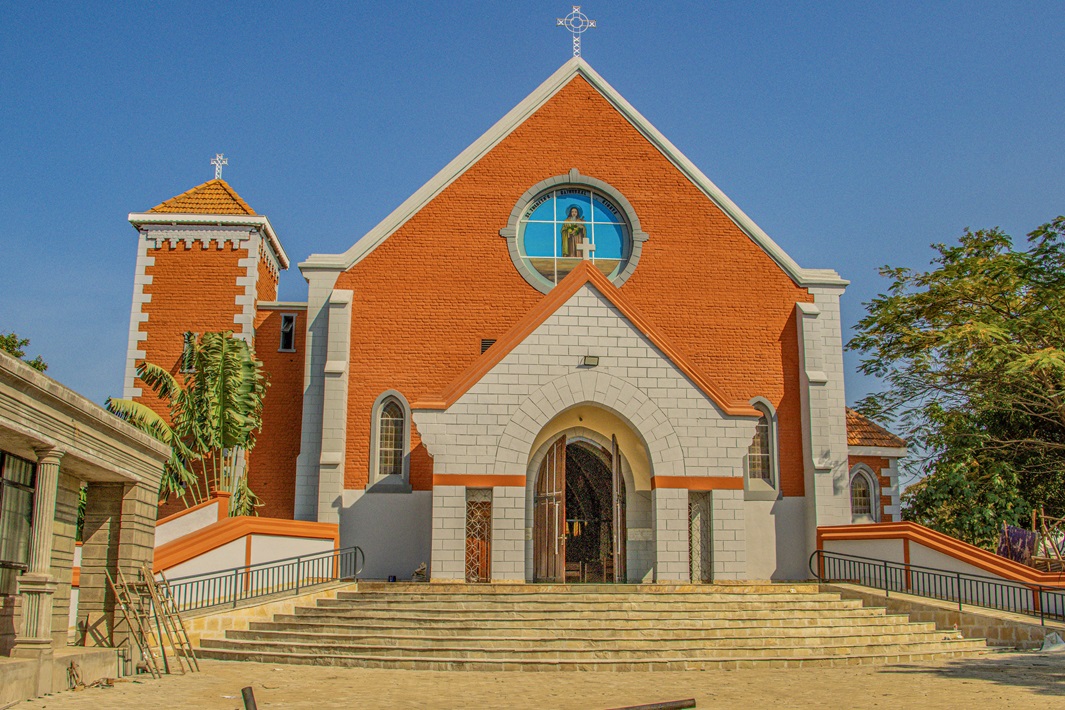By Paschal Norbert
NAIROBI, OCTOBER 8, 2025 (CISA)- On the shores of Lake Victoria, where papyrus sways to the rhythm of gentle winds, stands the Metropolitan Archdiocese of Kisumu, a living testament to a century of Catholic faith, resilience, and social transformation. Established in 1925, the Archdiocese of Kisumu is this year marking 100 years since its foundation. The Pontifical High Mass to celebrate the centenary will be held on October 10, 2025, at the Tumsifu Centre, in the heart of Kisumu City.
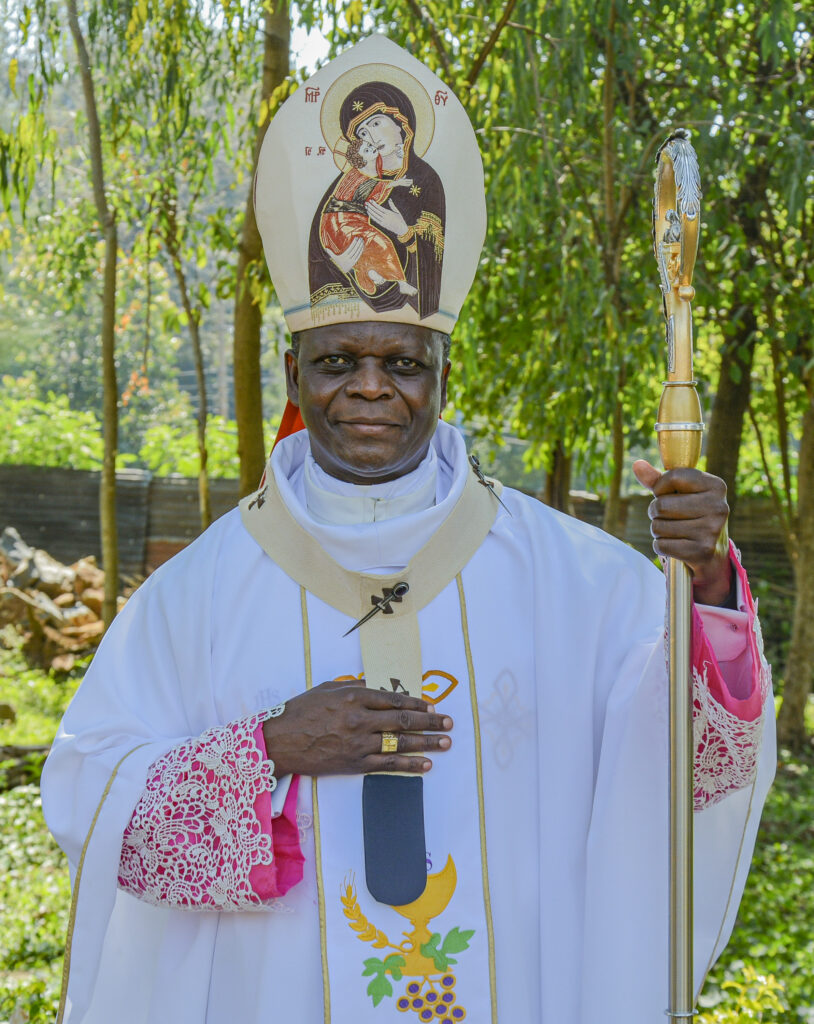
The Archdiocese, which covers the counties of Kisumu and Siaya, is home to an estimated 2.1 million Catholics, according to the 2023 Vatican statistics. It is ministered by about 117 priests, both diocesan and religious, supported by more than 340 men and women religious. From humble beginnings, when missionaries first planted the seeds of faith, Kisumu has blossomed into a vibrant center of evangelization, education, and social development.
Today, the Archdiocese encompasses 65 parishes organized into 11 deaneries, and boasts a robust network of over 2,649 primary schools, 700 secondary schools, and nearly 40 middle-level colleges and polytechnics.
Kisumu is the Metropolitan See for the Ecclesiastical Province of Kisumu, which includes the Dioceses of Bungoma, Kakamega, Kisii, Eldoret, Homa Bay, Kitale, Lodwar and Kapsabet as its suffragans. Together, they form a dynamic community of faith that continues to shape the spiritual and social landscape of western Kenya, a century after the first mission was founded on the lakeside.
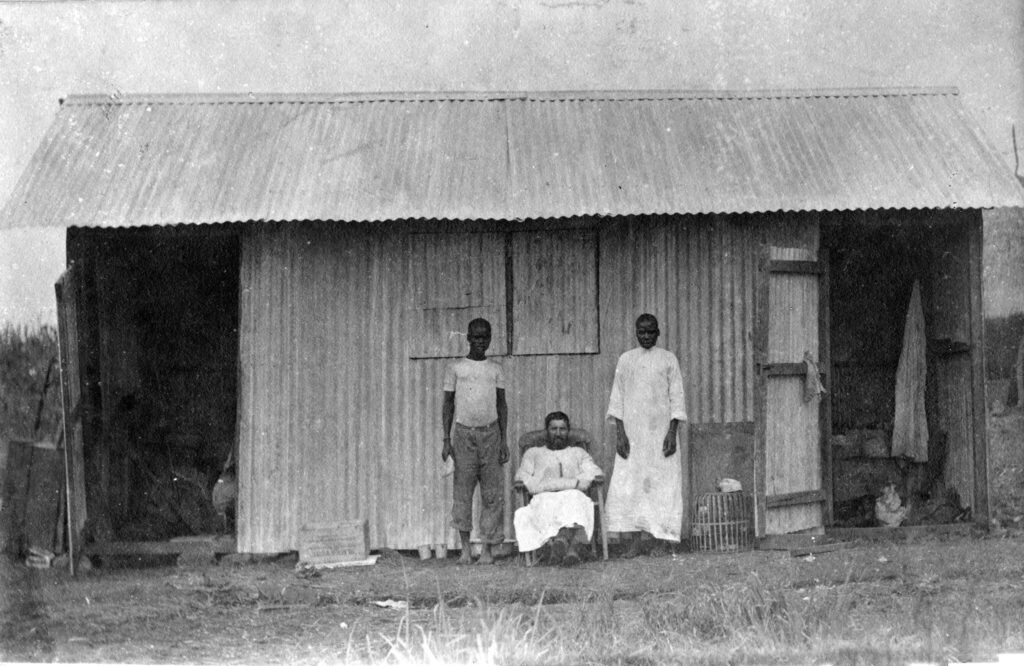
The foundations of what is today the Metropolitan Archdiocese of Kisumu trace back to a providential Mass at Bandani. There, a group of early Mill Hill missionaries paused on their way to Uganda to celebrate the Eucharist with Goan and Baganda Catholics. It was a humble gathering, yet it planted a seed whose fruit would take more than two decades to ripen.
At the time, the area lay within the Vicariate Apostolic of the Upper Nile, under Bishop Henry Hanlon, headquartered in Kampala. The Upper Nile was entrusted to the Mill Hill Missionaries, while other regions were shepherded by different congregations: Central Africa (Sudan) by the Combonis, South Nyanza (Tanzania) and North Nyanza (Western Uganda) by the White Fathers.
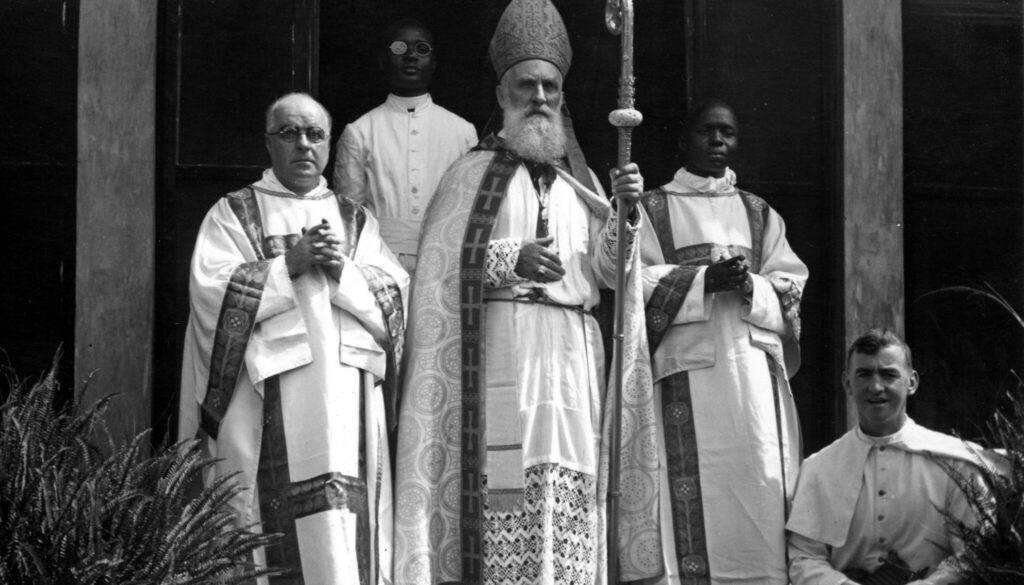
The Birth of the Prefecture of Kavirondo
In July 1925, the Prefecture Apostolic of Kavirondo was carved out of the Upper Nile Vicariate. Fr. Gorgon Gregory Brandsma, a seasoned Mill Hill missionary with a deep affection for Kisumu, was appointed Prefect. Brandsma’s ties to the region ran deep. When illness drove many missionaries out, calling the area “a land full of disease,” it was Brandsma who, appointed to Ojolla in 1907, settled in Kisumu, purchased land, and established the Kisumu Mission Station at Milimani.
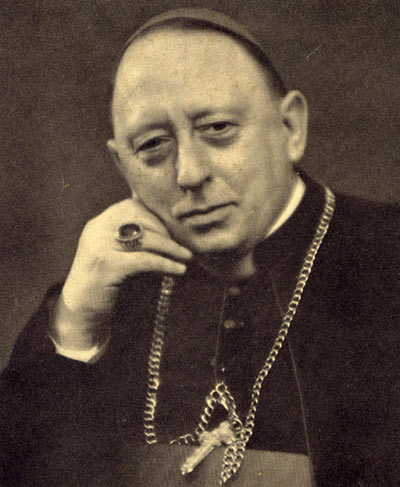
Seven years later, in 1932, the Prefecture was elevated to the Vicariate Apostolic of Kisumu, with Bishop Brandsma as its first Vicar Apostolic. Fondly remembered as the “Founder of the Church in Western Kenya,” he laid firm foundations for the Church in Kavirondo, then the strongest of all Mill Hill circumscriptions worldwide.
His mission was cut short when he died suddenly in June 1935, aged 60, in Nairobi. He was laid to rest at St. Mary’s Yala School in Siaya County, an institution he founded and made the hub of evangelization and episcopal residence.
Bishop Nicholas Stam and a Growing Church
In 1936, Bishop Nicholas Stam, Brandsma’s compatriot at Ojolla and among those who offered the first Mass at Bandani in 1902, succeeded him as Kisumu’s second Vicar Apostolic. Stam shifted the episcopal residence from Yala to Kisumu and welcomed the Legion of Mary to Kisumu, founded by Venerable Miss Edel Quinn. Under his watch, mission stations multiplied, and in 1940 the first African priest, George Otieno (Atieno), was ordained.
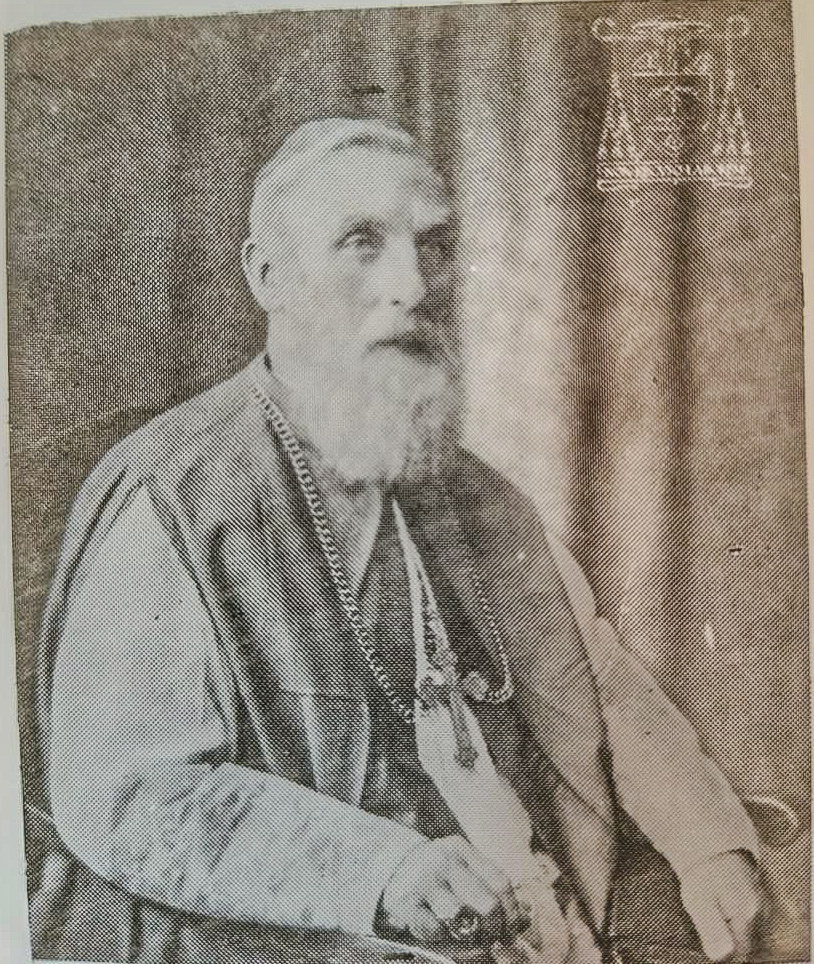
After turbulent years, Bishop Stam resigned in 1948 and died the following year in the Netherlands. His remains were later reinterred at St. Peter’s Mumias in 1984, a mission soil he had toiled to cultivate. His departure closed the first chapter of Kisumu’s journey toward becoming a diocese.
Kisumu Becomes a Diocese (1953)
Following Stam’s resignation, Fr. Frederick Hall, another Mill Hill veteran of Kavirondo, was appointed Vicar Apostolic. His leadership ushered Kisumu into maturity. In 1953, as the Kenyan Church gained autonomy, vicariates across the country were elevated: Nairobi became an Archdiocese, Nyeri a Diocese, and Kisumu a Diocese, with Hall as its first bishop.
Bishop Hall presided over an era of thriving missions and rising African clergy. Among those ordained was Maurice Michael Cardinal Otunga, Kenya’s first bishop, first auxiliary of Kisumu, founding bishop of Kisii, and later the country’s first cardinal. Others included Bishop Tiberius Charles Mugendi of Kisii and Archbishop Emeritus Zacchaeus Okoth.
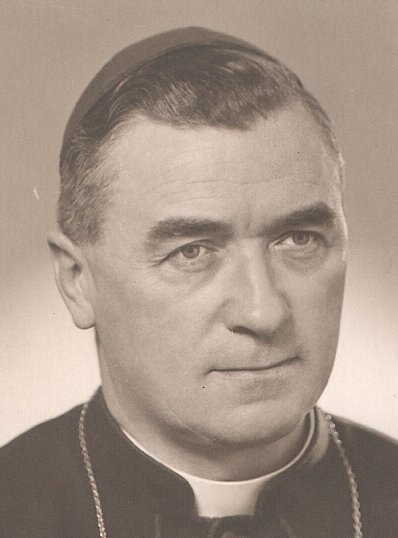
Hall also oversaw significant architectural projects: the current Cathedral of Kibuye, designed by Kenya’s first female architect, Dorothy Hughes, with Br. Andrew Roelandse and Fr. Leo Bartels contributing to its execution; and the Church at Milimani, designed by Fr. Leo in 1956. Remembered as “the gentlest shepherd, and possibly the largest in heart,” Hall guided Kisumu with quiet strength.
As independence approached, Bishop Hall resigned in December 1963 but remained close as Bishop Emeritus. He passed away in London in 1988.
Bishop Joannes de Reeper and the Post-Independence Era
Hall was succeeded by Bishop Joannes de Reeper, then Prefect Apostolic of Ngong and no stranger to Kisumu. He guided the diocese through post-independence adjustments and the implementation of Vatican II reforms, preparing the Church for indigenous leadership. Retiring in 1976, he died in 1980 and was buried in the Netherlands.
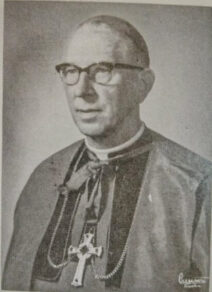
The First African Bishop of Kisumu
In 1977, Bishop Philip Sulumeti was installed as Kisumu’s first African bishop, ushered to the cathedra by Bishop Hall himself. Two years later, Sulumeti was appointed founding bishop of Kakamega, making way for new leadership.
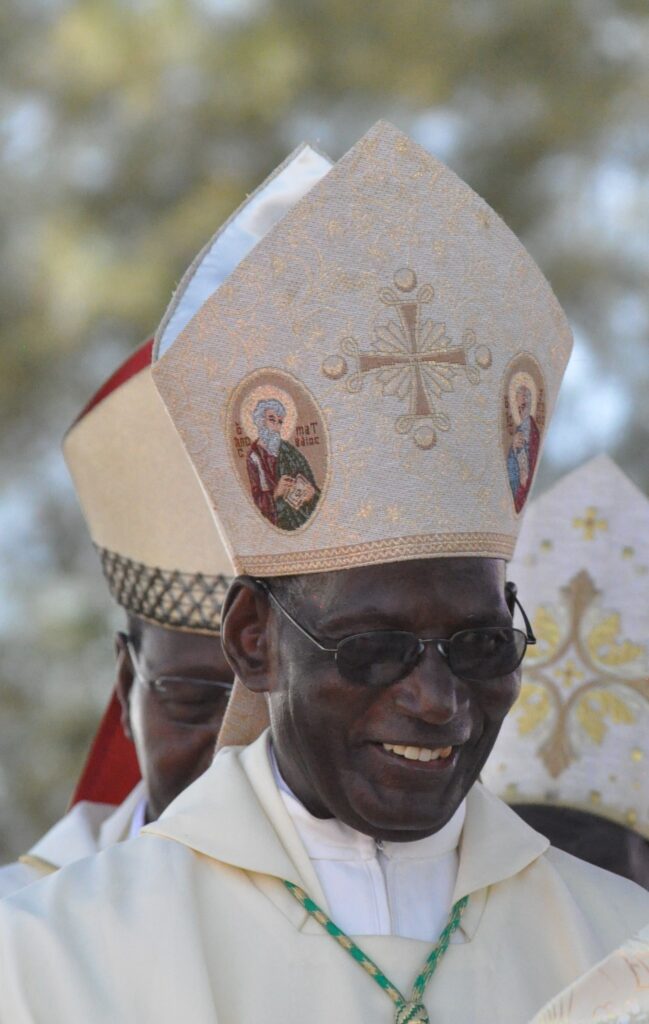
Bishop Zacchaeus Okoth and the Road to an Archdiocese
In February 1978, 35-year-old Fr. Zacchaeus Okoth, founding rector of St. Augustine Senior Seminary Mabanga, was consecrated as Kisumu’s second bishop and the first indigenous Luo prelate. Under his stewardship, Kisumu flourished. By May 1990, it was raised to a Metropolitan Archdiocese, with Okoth as its first archbishop.
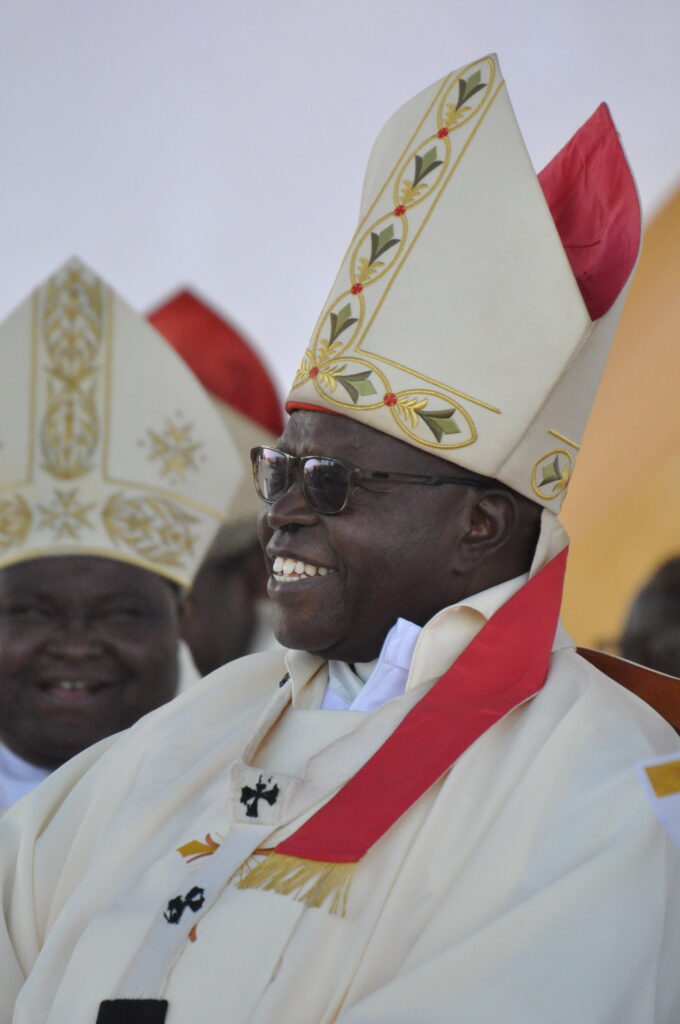
For 40 years, he shepherded the flock retiring in 2018. He was succeeded by Archbishop Philip Anyolo, who was later transferred to Nairobi in 2021. Archbishop Maurice Muhatia Makumba assumed the mantle in 2022.
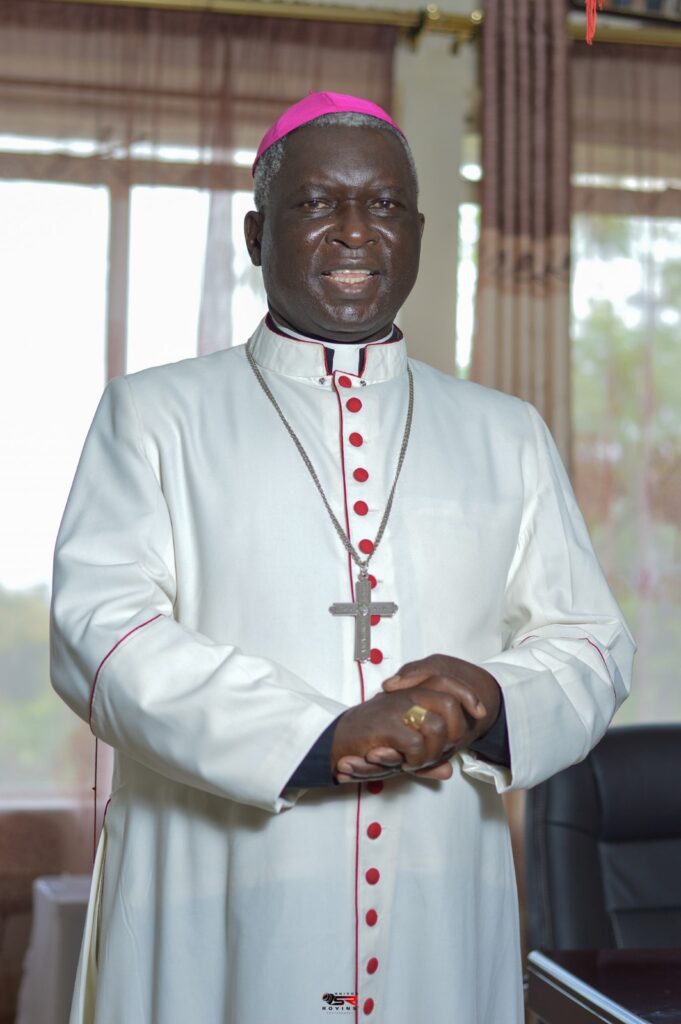
From Sulumeti to Okoth, Anyolo to Muhatia, Kisumu’s African shepherds have carried forward the faith planted by the missionaries, rooted deeply in the soil of Kavirondo, one with the land, one with God, and one with the Church.
